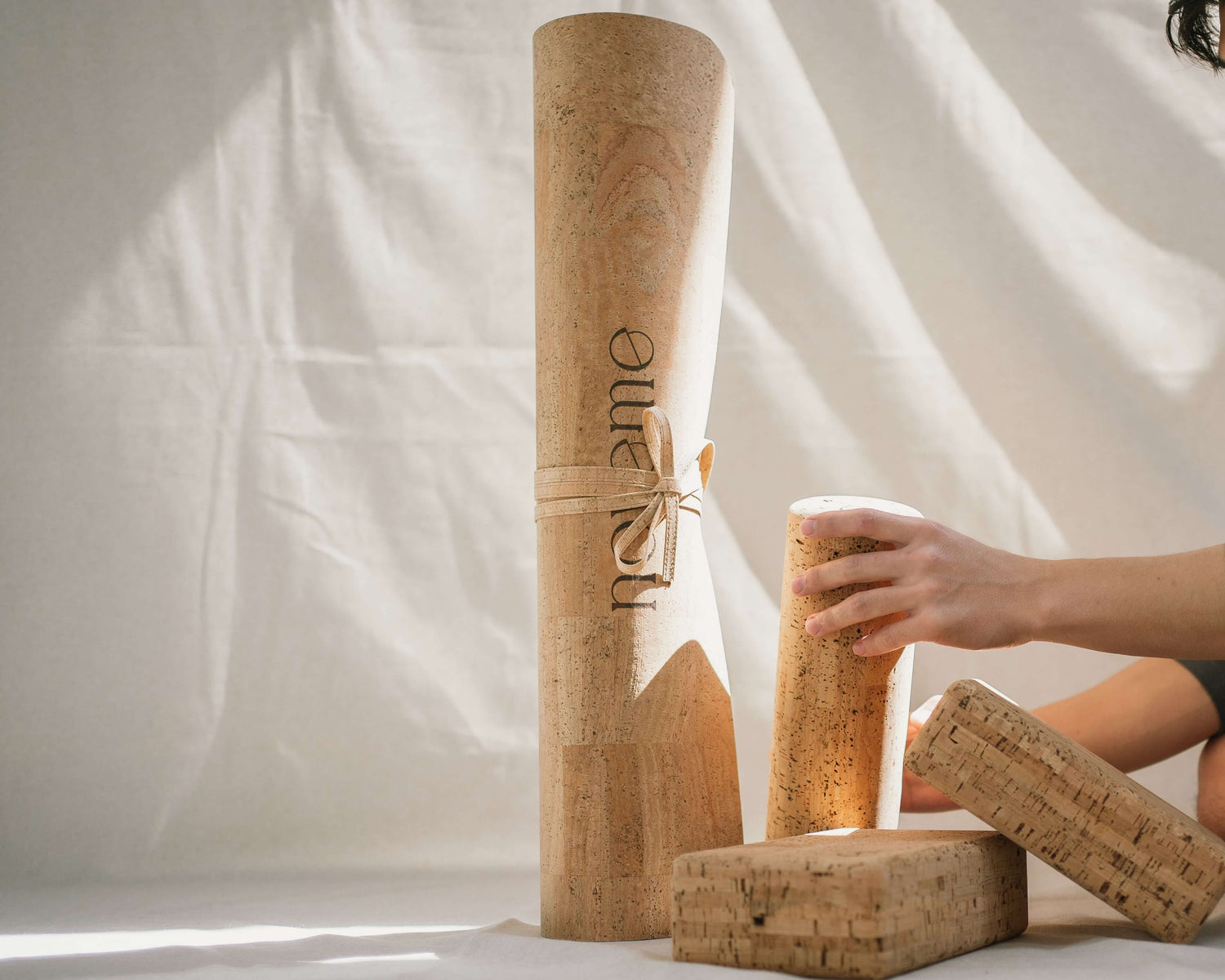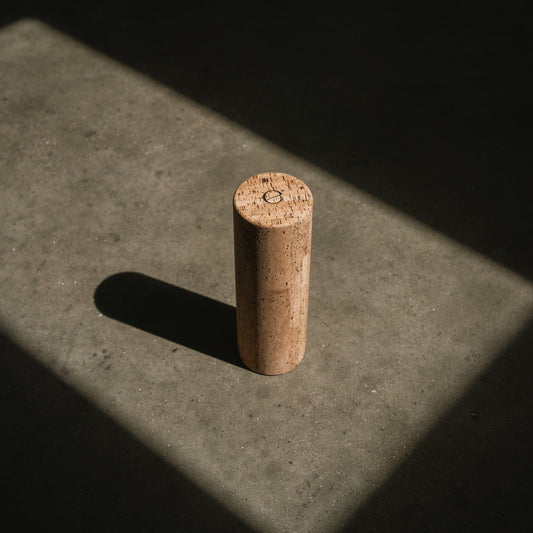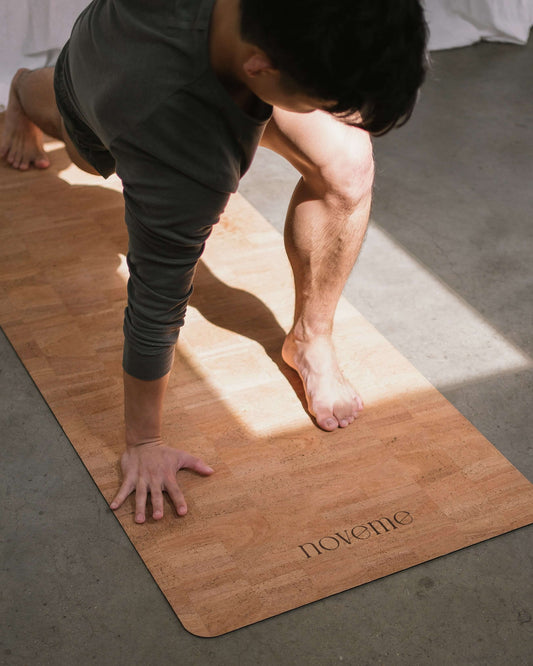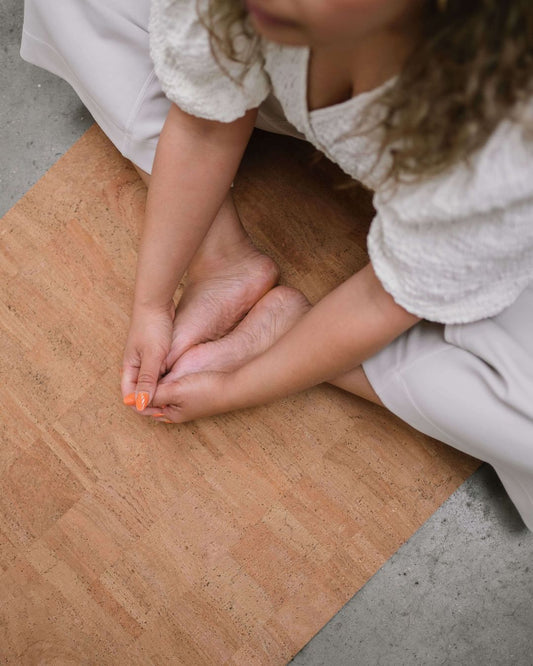With the changing seasons comes new beginnings. In spring, the days get longer, the temperatures get warmer and the flowers bloom. It’s a great time to form new habits for a healthier and happier life. Read on to see our list of six healthy habits to start this spring.

SPEND TIME IN NATURE
Research shows that connecting with nature is vital for keeping us emotionally, psychologically and physically healthy.
According to the Mental Health Foundation, ‘Nature has a very wide definition. It can mean green spaces such as parks, woodland or forests as well as blue spaces like rivers, wetlands, beaches or canals. It also includes trees on an urban street, private gardens, verges and even indoor plants or window boxes’.
With the days longer and the temperatures warmer, now is the perfect time to get outside and connect with the natural world.
Deepen your connection with nature by using your senses. For instance, touch the grass or the bark of the trees, smell the flowers or feel the soil in your hands while planting bulbs in the garden or caring for houseplants.
Take your exercise routine outside or explore new physical activities in nature. Read our outdoor exercise ideas for inspiration.
Bring the outdoors in by decorating with natural materials and having more greenery indoors, so you can connect with nature even when inside your home.

MOVE MINDFULLY
Regular exercise has numerous benefits for mental health and wellbeing. If you find it hard to motivate yourself or stick to an exercise routine, remember that to form this healthy habit, you don’t need to break a sweat for hours in the gym – little and often is the key.
About 20 minutes of moderate-intensity daily exercise is enough to contribute to a healthier lifestyle. Go for a walk, ride a bike, do some gardening (yes, that counts too!) or enrol in a mindful sport, such as yoga, Pilates or tai chi.
Choose physical activities that you enjoy the most and fit into your lifestyle. Also, try to diversify and venture outside your comfort zone now and again. This will contribute to avoiding workout boredom as a result of doing the same routine every day.

SET TIME FOR RELAXATION
Self-care is health care. Relaxation through meditation, yoga and mental training can effectively reduce feelings of stress, contributing to a more mindful and happier life.
Mindfulness is about consciously living in the moment and not letting your thoughts drift into stressful planning or anxiety about the future.
Allow yourself well-deserved ‘me time’ to relax and wind down. Go to the beach or countryside, take a walk, go for a spa day or a massage, meet up with friends, spend time with pets, listen to music, read a book, or have a relaxing bath – whatever helps you disconnect and reset.

EAT IN-SEASON FRUITS AND VEGETABLES
Eating in-season fruits and vegetables is not only a healthy eating habit but also good for your wallet and the planet. Here’s why:
- It’s an opportunity to reconnect with nature's cycles.
- It’s cheaper because you are buying the fruit and vegetables when they're abundant.
- It reduces the energy consumption and CO2 emissions associated with the fruit and vegetable's growth and transport.
- It supports the local economy.
- It means fresher fruit and vegetables, which tends to be tastier and more nutritious.
- It means getting the nutrients and minerals that our bodies need at that particular time of the year.
According to the Vegetarian Society, these are the in-season fruits and vegetables for spring:
MARCH
Artichoke, Beetroot, Carrots, Chicory, Cucumber, Leeks, Parsnip, Purple Sprouting Broccoli, Radishes, Rhubarb, Sorrel, Spring Greens, Spring Onions, Watercress.
APRIL
Artichoke, Beetroot, Carrots, Chicory, New Potatoes, Kale, Morel Mushrooms, Parsnips, Radishes, Rhubarb, Rocket, Sorrel, Spinach, Spring Greens, Spring Onions, Watercress.
MAY
Artichoke, Asparagus, Aubergine, Beetroot, Chicory, Chillies, Elderflowers, Lettuce, Marrow, New Potatoes, Peas, Peppers, Radishes, Rhubarb, Rocket, Samphire, Sorrel, Spinach, Spring Greens, Spring Onions, Strawberries, Sweetheart Cabbage, Watercress.
JUNE
Asparagus, Aubergine, Beetroot, Blackcurrants, Broad Beans, Broccoli, Cauliflower, Cherries, Chicory, Chillies, Courgettes, Cucumber, Elderflowers, Gooseberries, Lettuce, Marrow, New Potatoes, Peas, Peppers, Radishes, Raspberries, Redcurrants, Rhubarb, Rocket, Runner Beans, Samphire, Sorrel, Spring Greens, Spring Onions, Strawberries, Summer Squash, Sweetheart Cabbage, Swiss Chard, Tayberries, Turnips, Watercress.

GET SOME SUN
The sun is our best source of vitamin D. From late March/early April to the end of September, most people should be able to get all the vitamin D they need from sunlight.
When in the sun, we’re exposed to its ultraviolet rays, UVA and UVB. It is the UVB rays that our body uses to form vitamin D when the skin is exposed to direct sunlight. These are, however, the UVB rays also responsible for skin damage and filtered out by sunscreen.
How long should we spend in the sun to get our daily dose of vitamin D? Well, there’s no one answer to this question as it depends on several factors: season, latitude, time of the day and skin pigmentation (darker skin tones need more sun exposure than lighter ones). Roughly 10 to 20 minutes of unprotected sunbathing of the arms, legs and face should be enough, ideally while avoiding the hours of maximum-intensity sunshine (between 12 pm and 2 pm).
Vitamin D is important for protecting against several life-shortening conditions, including many common cancers, multiple sclerosis, rheumatoid arthritis, hypertension, cardiovascular heart disease and Type 1 diabetes. Without sufficient vitamin D, the muscles become weak, and the risk of falls and fractures heightens, especially for the elderly. A lack of sunlight, especially in the winter, can also lead to mood changes and depression, known as seasonal affective disorder.
So get outside, enjoy some fresh air and get your daily dose of vitamin D!

SPRING CLEAN THE GREEN WAY
Spring cleaning is a ritual of many during this time of the year. Having our homes clean shouldn’t mean being exposed to the thousands of different chemicals in the cleaning products we use.
Luckily, there’s plenty of ecologically friendly and organic cleaning products available today. So you can enjoy cleaning your home while avoiding the many health issues caused by exposure to chemicals, such as allergies, asthma and disruption of hormone levels, to name a few.
A simple solution of vinegar and water is enough to clean most floors, surfaces and windows. There are plenty of recipes online to help you create your own cleaning solutions. However, if you lack the time to make your own, try buying non-toxic cleaners that are ecologically friendly or organic.











